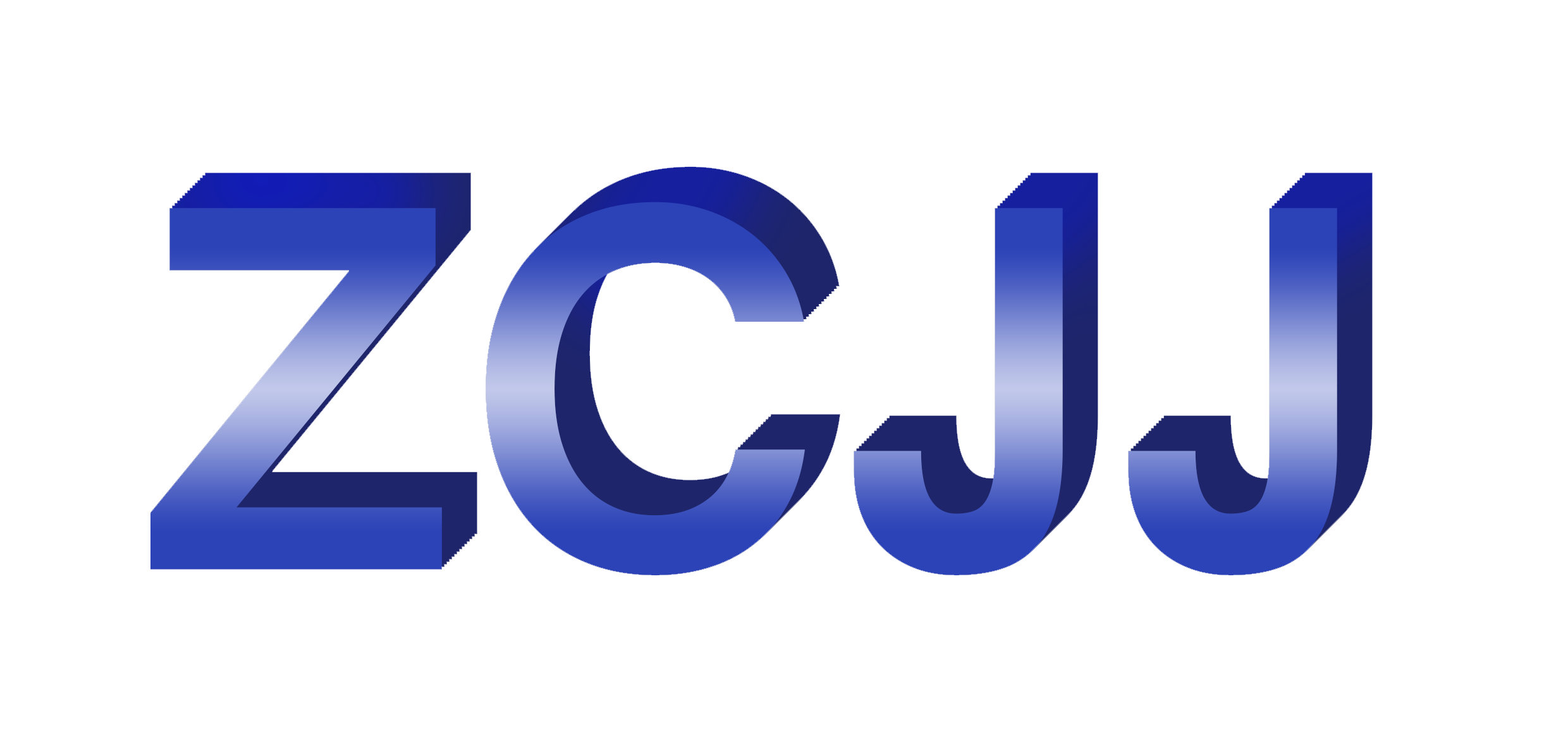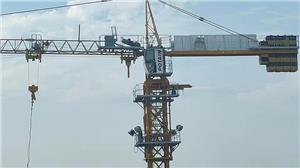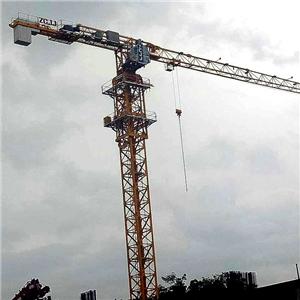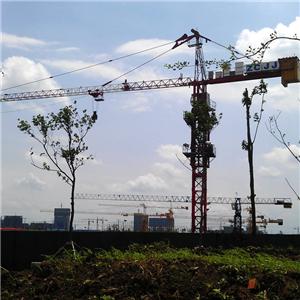L68B2 Mast Section Detailed introduction of structural parts and stability of large movable arm tower crane
The characteristics of large jib tower crane: pin connection and high-strength bolt connection are adopted between main structural parts of large jib tower crane, and high-strength bolt connection is adopted between standard intersections of tower crane. The high-strength bolt bears alternating load and is a very important force transmission connection part of tower body. FAVCO series tower cranes have been in the Mainland of China for more than 10 years, some models have been used in 2-4 projects, according to the domestic standard "Construction Machinery and Equipment high strength Fasteners" (JG/T5057) on the requirements of high-strength bolts and nuts, high-strength bolts and nuts, after use, disassembled and used again, generally not more than twice. And the bolts and nuts removed must be free from any damage, deformation, sliding teeth, missing teeth, corrosion, thread roughness changes greatly. Otherwise the connection of the stressed structure should not be used again. Therefore, the repeated use of such high strength bolts must be particularly careful.
L68B2 Mast Section
http://www.towercranesupply.com/product/l68b2-mast-section-for-tower-crane-masts
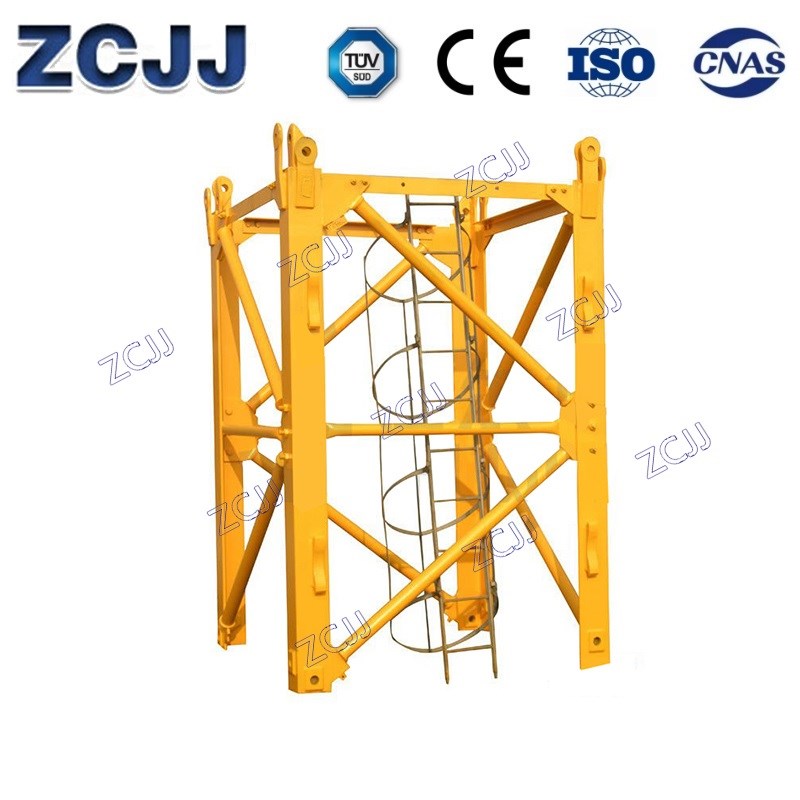
According to the stability calculation principle of the derrick boom, the derrick boom is stable in the working state (no load) when the stable moment generated by the dead weight of the derrick boom and the hook is greater than the post-overturning moment generated by the wind, the derrick boom is stable, and vice versa. Taking the installation arm length of 55m in M440D working state (no load) as an example, the rated wind pressure of working state is 250N/m2, and the critical elevation Angle is set as A. Through analysis and calculation, the elevation Angle of the boom in critical state a=78°. This is a dangerous state for the boom tower crane to work at rated wind pressure. In case of excessive elevation Angle or wind speed, it is easy to cause serious accidents: the boom tilts backward under the action of wind force, the mechanical limit structure of the boom is destroyed, the top structure of the tower is deformed by impact, and the boom breaks and falls.
According to the stability calculation principle of the whole machine, the whole machine is stable if the overturning moment generated by the wind and the stabilizing moment generated by the whole machine's dead weight are less than the allowable bending moment of the whole machine under the foundation surface elevation (initial installation) under the non-working state of the large movable arm tower crane are less than the allowable bending moment of the foundation surface, otherwise it is unstable. Take the M440D non-working installation arm length of 55m and tower height of 40m as an example. The rated wind pressure is 1100N/m2, and the allowable bending moment of M440D tower crane fixed installation foundation surface is 1120T.m. The critical elevation is going to be a. Through analysis and calculation, the elevation Angle of the boom in critical state a=39°. This is a kind of dangerous state that the boom tower crane is not working. If overelevation Angle or overspeed wind speed occurs, it is also easy to cause a serious accident, and the whole machine is overturned forward. According to the above calculation results and relevant national standards, it can be calculated that the safe distance of M440D tower crane at the same elevation must be more than 26.4 meters, and it should be adjusted according to the local historical typhoon wind speed.
L68B2 Mast Section
http://www.towercranesupply.com/product/l68b2-mast-section-for-tower-crane-masts

